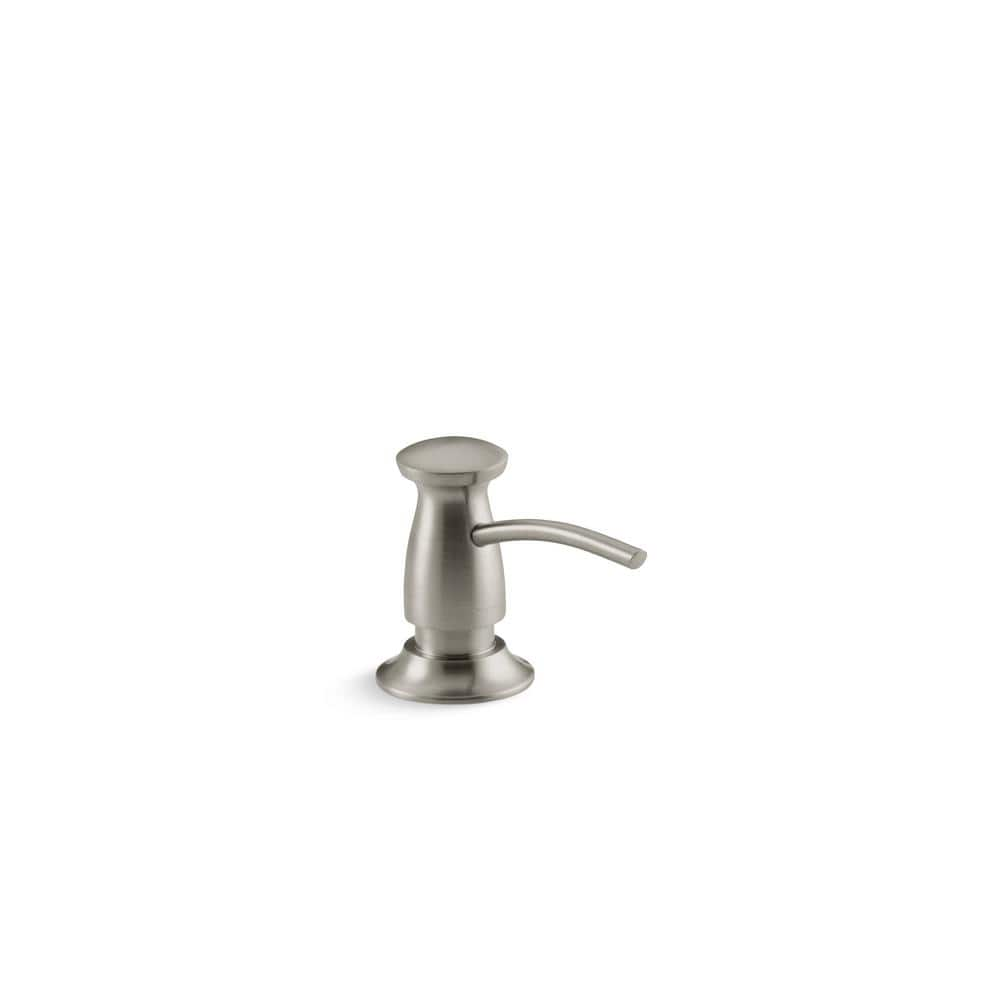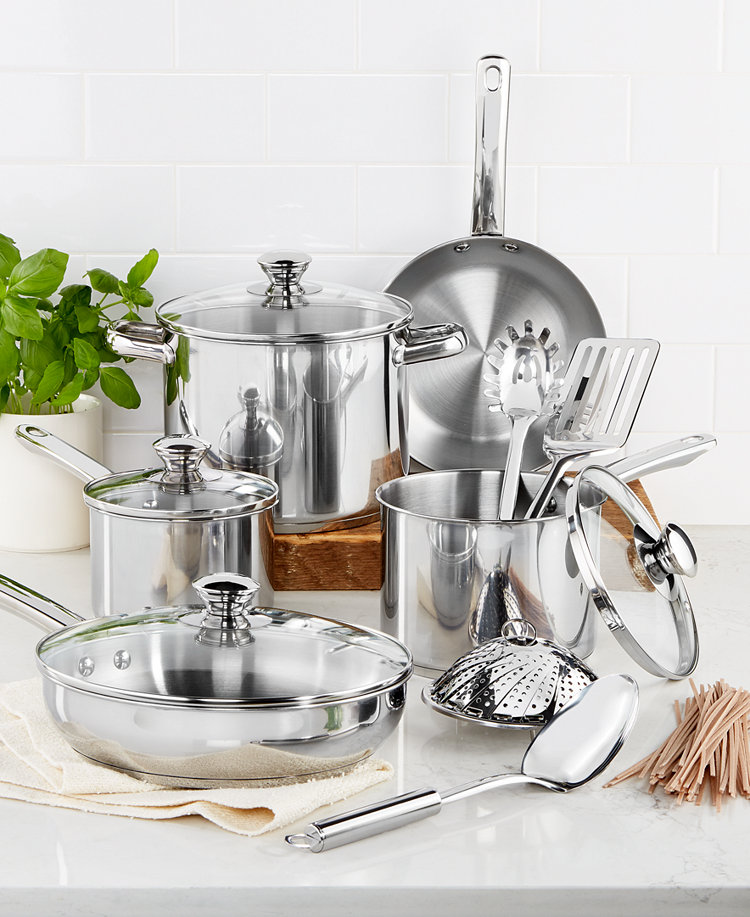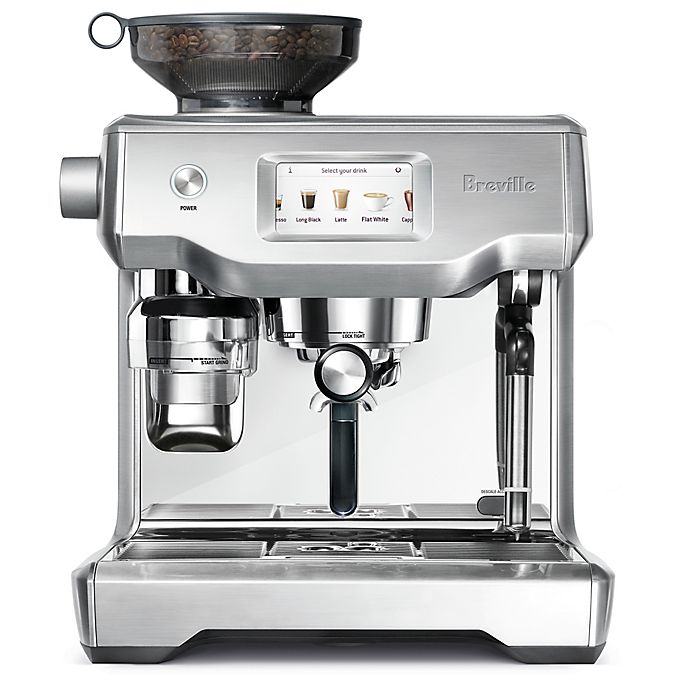Kohler Soap/lotion dispenser with Transitional design in Vibrant Brushed Nickel
Holds up to 16 ounces of soap or lotion; refillable from top. Coordinates with KOHLER Forte® and other transitional faucets.
This Kohler Soap/Lotion Dispenser, finished in a vibrant brushed nickel, allows you to customize your sink. It holds up to 16 oz. of liquid soap or lotion and has a removable top for simple refilling. It features durable brass construction and can be directly installed to pre-drilled sink or surface holes.
- Holds up to 16 ounces of soap or lotion; refillable from top
- Solid-brass construction
- May be installed in predrilled sink holes, or surfaces up to 2 inches thick
- Retail availability only
- Coordinates with transitional-style faucets
- Coordinates with KOHLER Forte and other transitional style faucets
Additional information
| Product Height (in.) | 3.3125 in |
|---|






by Michael
Gets the Job Done! Easy enough to install but the tightening process does require two people. (One to hold the top piece in place, and another set of hands to screw the bottom piece). Otherwise works well!
by Ray
We needed to replace a 20 year old Kohler soap dispenser. The old one still worked fine, but it fell victim to an oversized roasting pan that landed on the nozzle and cracked it. We looked at some less expensive alternatives but were less than impressed. The new Kohler soap dispenser looks very much the same as the old model. The quality appears to be the same. Moreover, the Kohler product base flange is the same size as the older model. Many of the other dispensers we looked at now use a smaller flange. Cannot speak too highly of Kohler quality and customer service.
by Bob
Brushed Nickle is hard to find these days and it matched my Sink faucet perfectly. Kohler Soap dispenser was replacing old non functioning one and the quality of the Kohler is excellent
by Ivan
It looks durable and good quality.
by Steve
Easy install. Works great. Happy with my purchase.
by Ray
It was really perfect and this is described. It works wonderfully just as it’s supposed to.